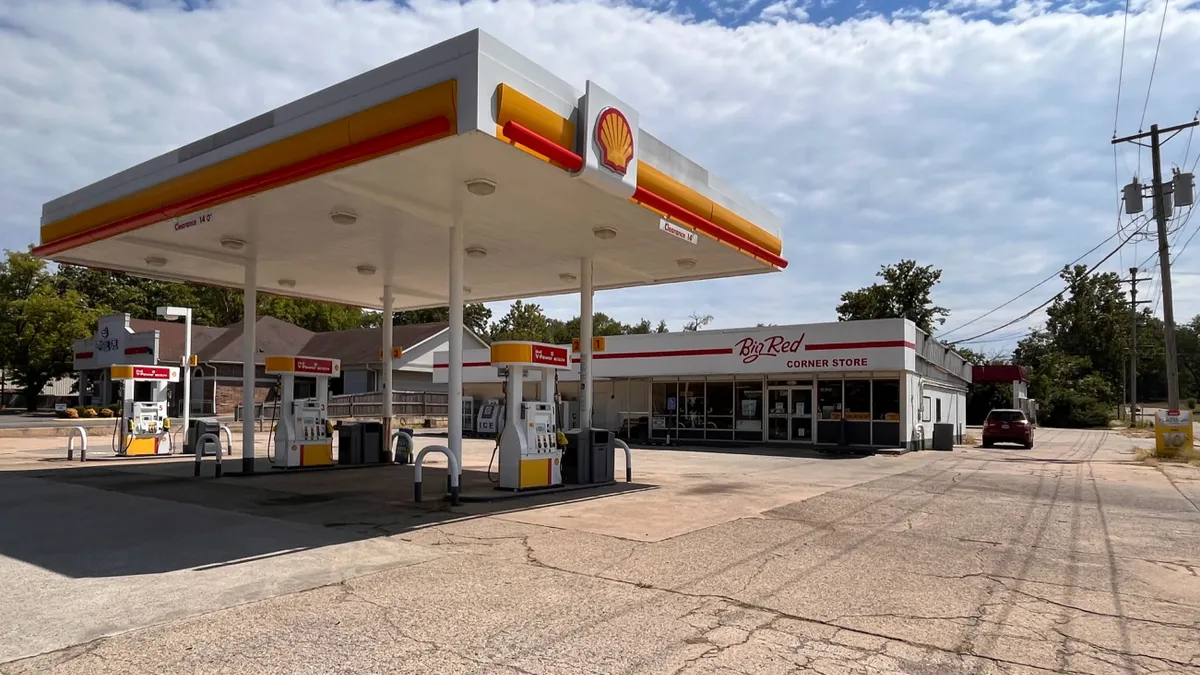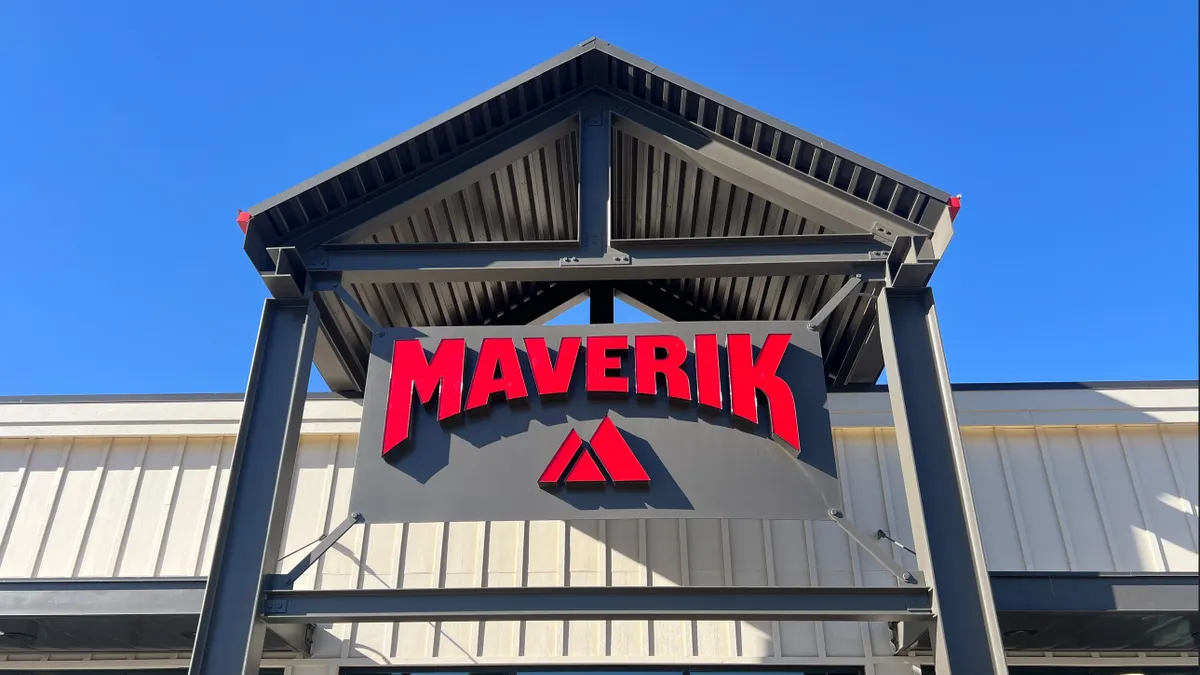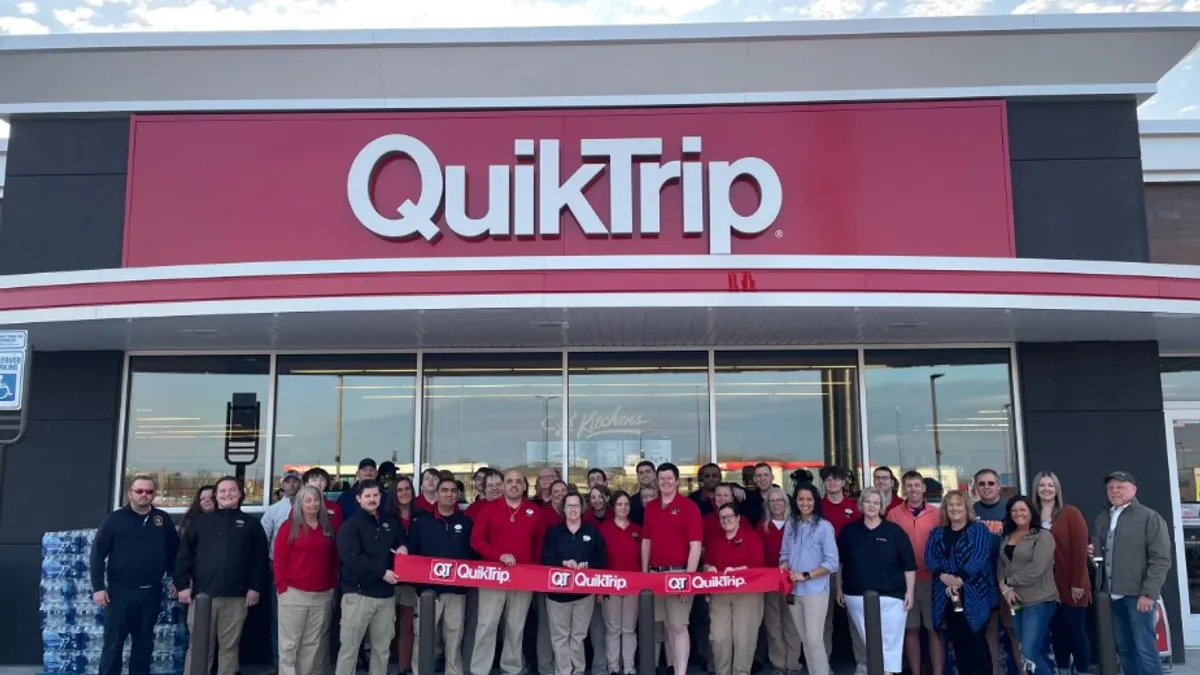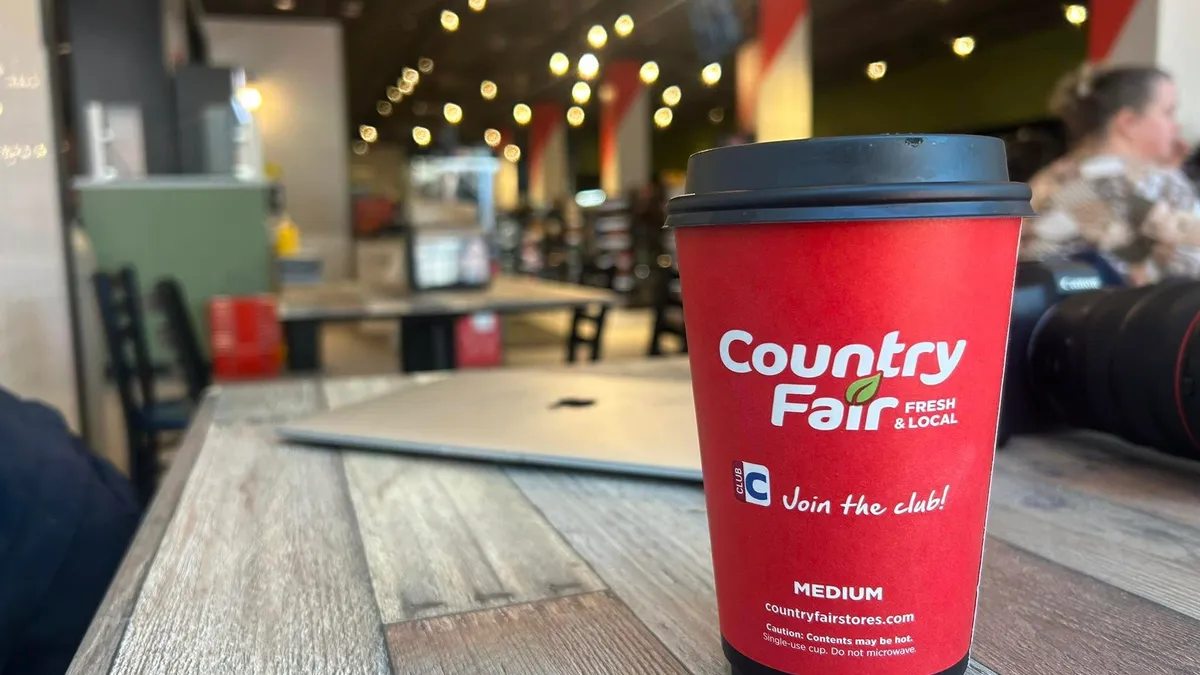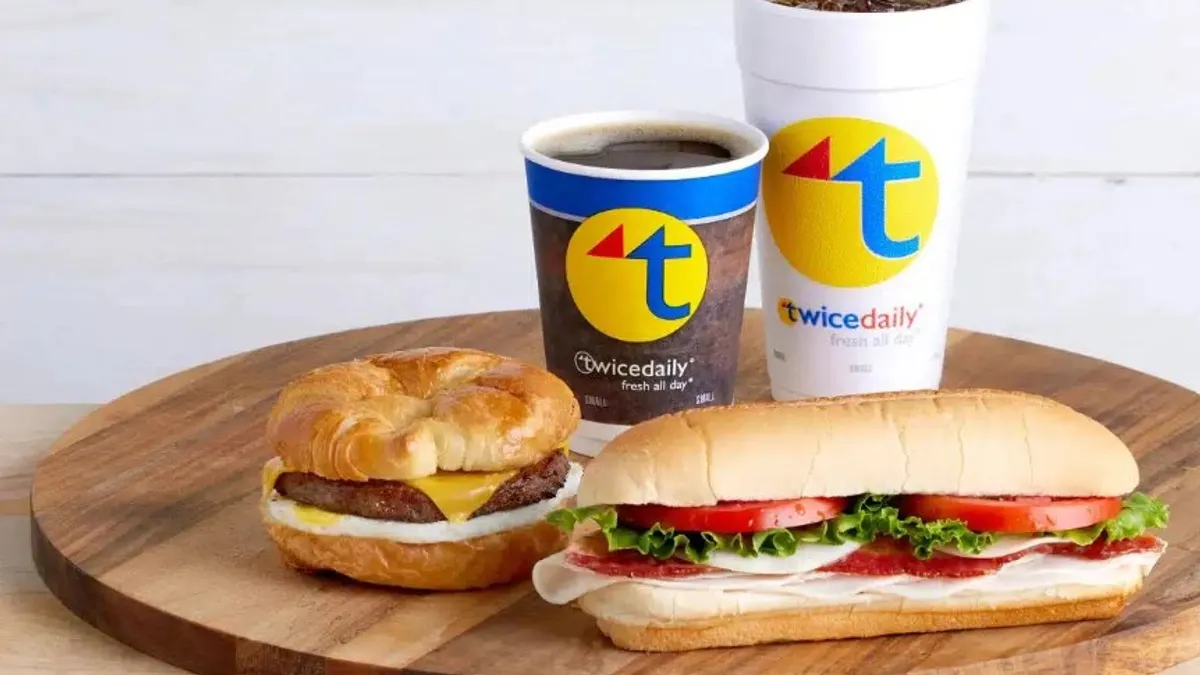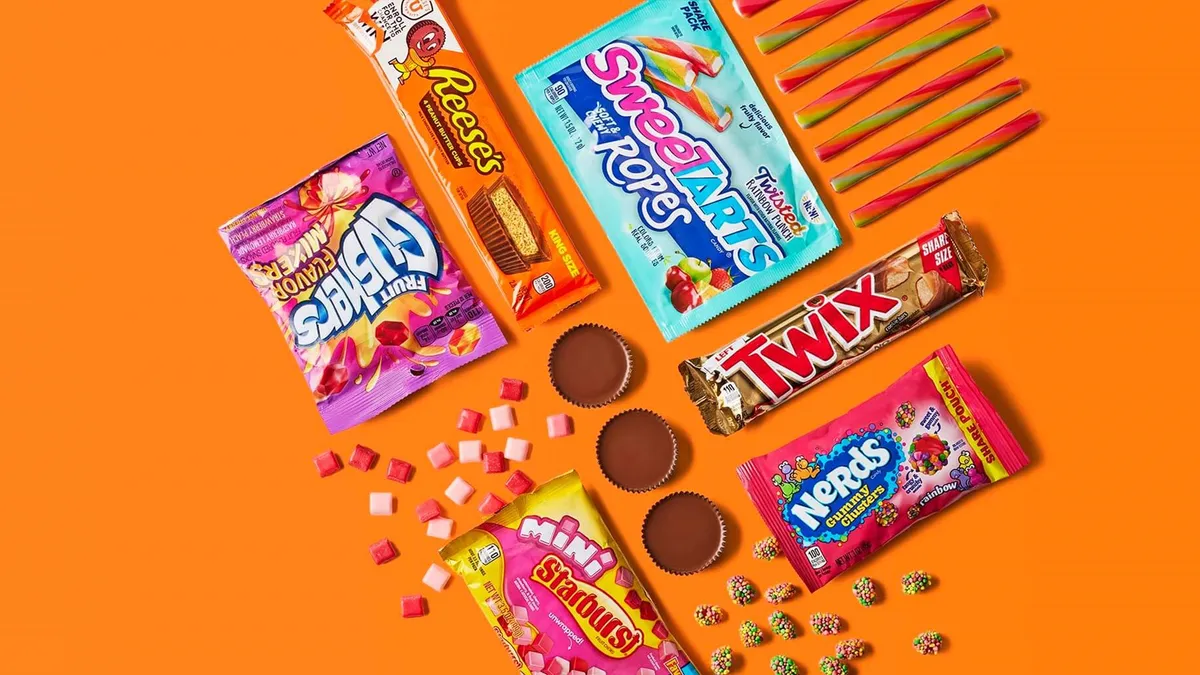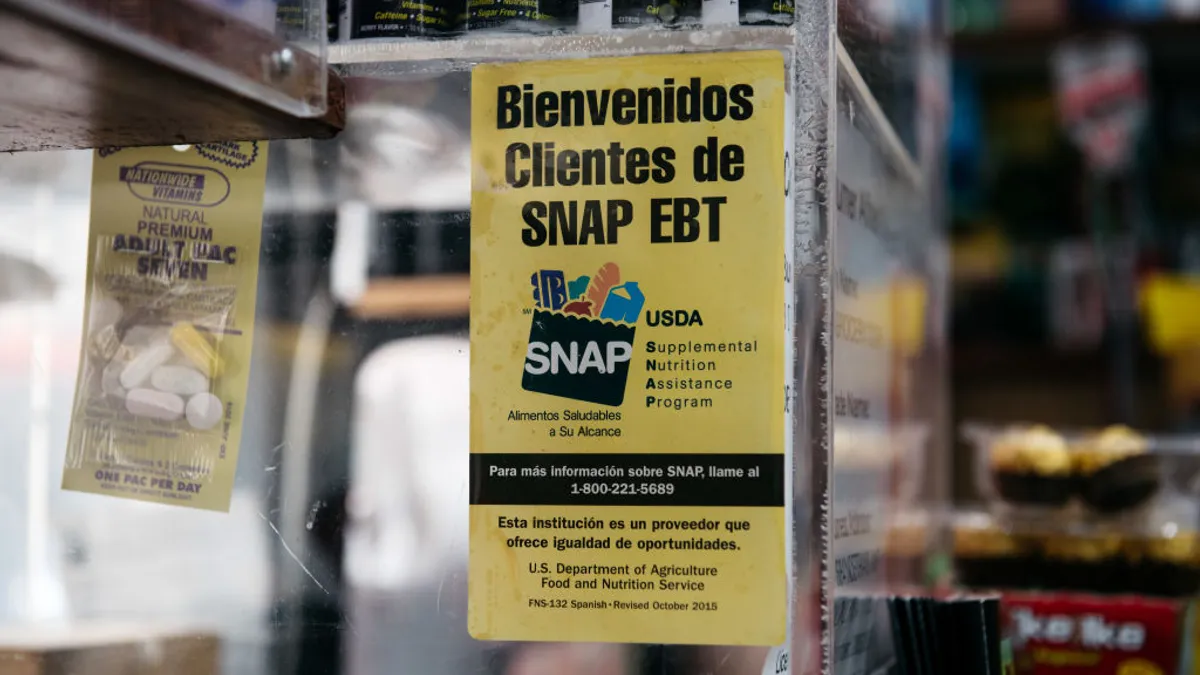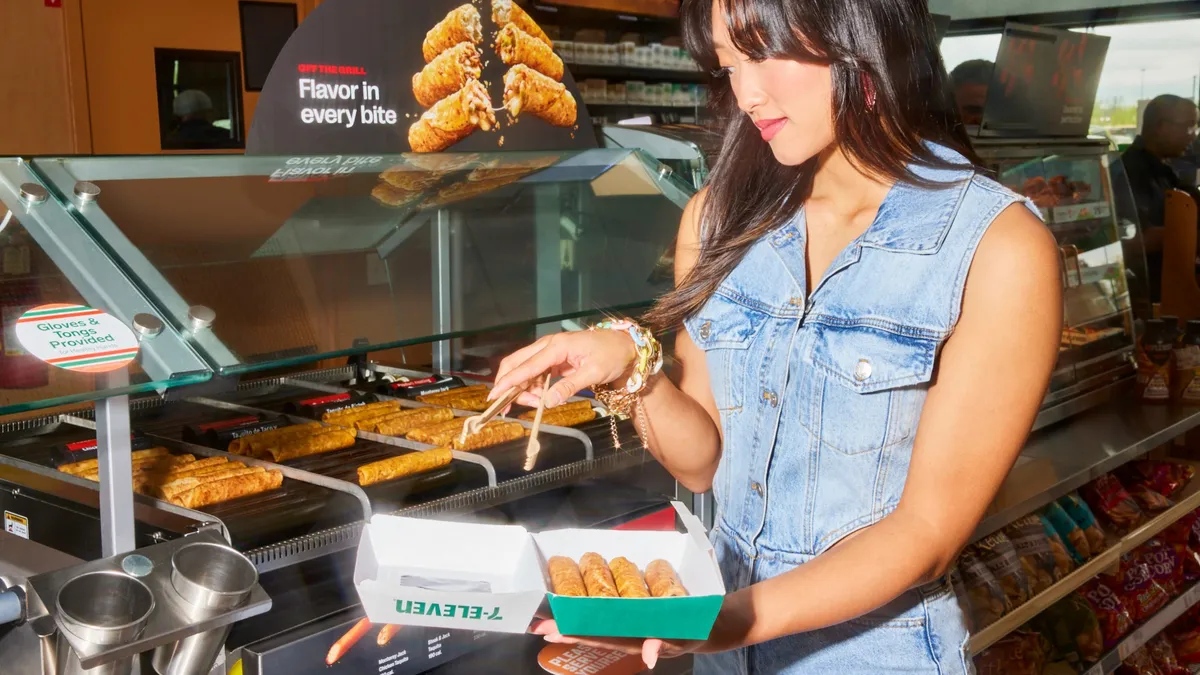When the Covid-19 pandemic hit, millions of people decided to adopt new dogs, cats and other pets. The increased spending among American pet owners has continued post-pandemic, and c-stores are especially well positioned to cater to owners’ furry companions with outdoor pet areas and a variety of in-store merchandise.
Over the past year ended May 22, pet care sales in c-stores soared 9.7% to more than $166 million, while unit sales grew 1.3%, according to data from research firm Circana.
“Those who said the pet surge during the pandemic was only temporary were fortunately very wrong. Owners are displaying continued spending on their pets,” said Marshal Cohen, chief retail advisor at Circana.
Across the U.S., pet industry sales reached $147 billion in 2023, according to the American Pet Products Association, which expects sales to top $250 billion by 2023.
C-stores are outperforming other outlets, as total pet care spending across multi-outlets, which includes mass merchandisers, grocery stores, pet stores and e-commerce, is up only 2%, according to Circana.
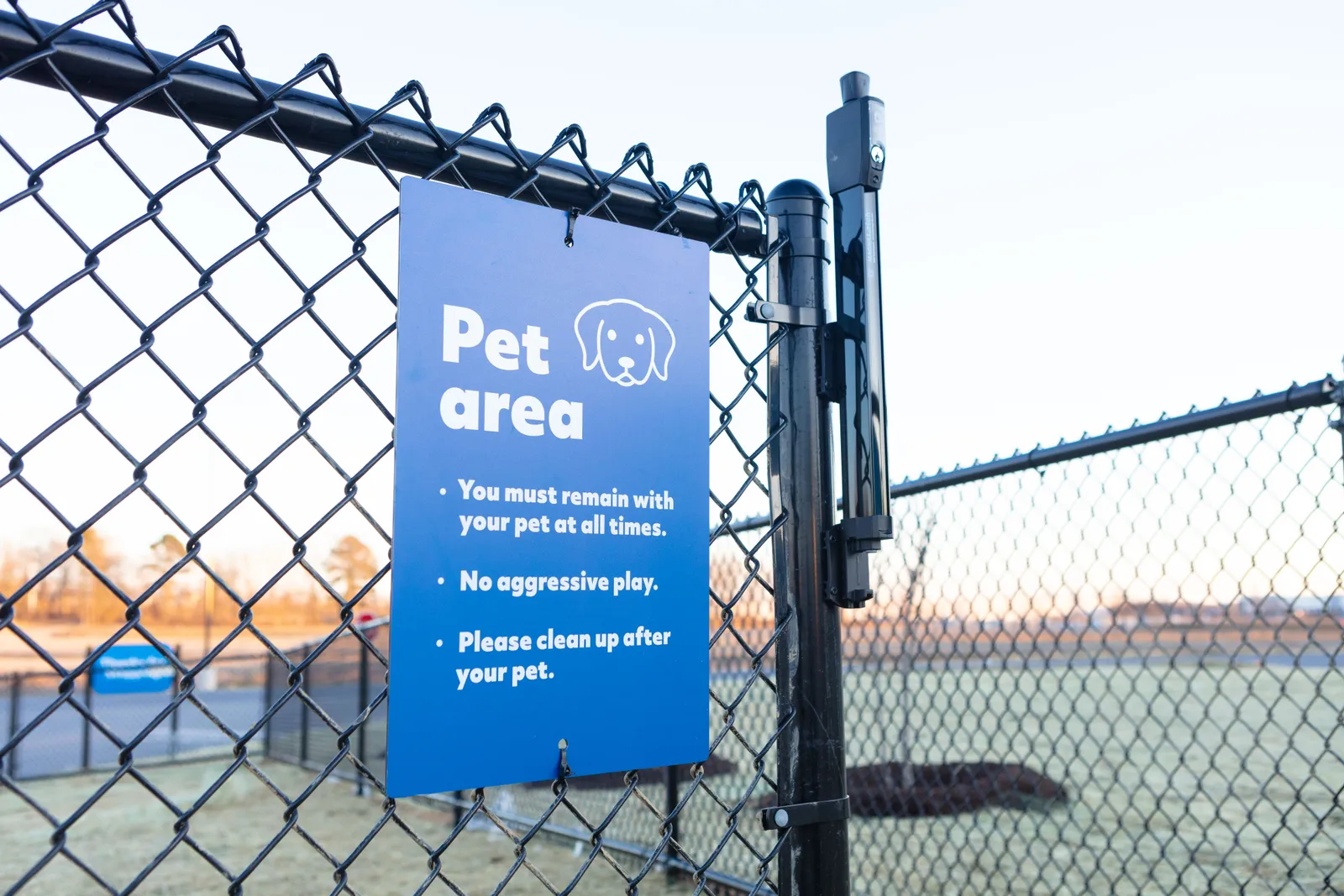
Pets and c-stores are a great pair
C-stores have advantages over traditional pet suppliers and major retailers thanks to impulse shopping, according to Cohen.
“Getting our furry friends an easy treat or even our daily needs for them can become part of our routine,” Cohen noted. “It plays well for the consumer who doesn’t have to make a special shopping trip for their pet.”
Demonstrating this trend, pet apparel and toys sales surged 20.7% in c-stores over the past year. Sales of pet habitat and containment products, like carriers, bird habitat and care items and pet furniture, more than doubled.
Just like many other food and general merchandise products, pet supply prices continue to rise, Cohen noted. As a result, pet owners are switching to lower priced food, but not cutting back on the amount purchased.
Spending on treats, meanwhile, continues to rise as pet owners continue to pamper their pets even when they need to cut back on the bigger-ticket items, according to Cohen. Treat sales were up over 11% in convenience stores over the past year.
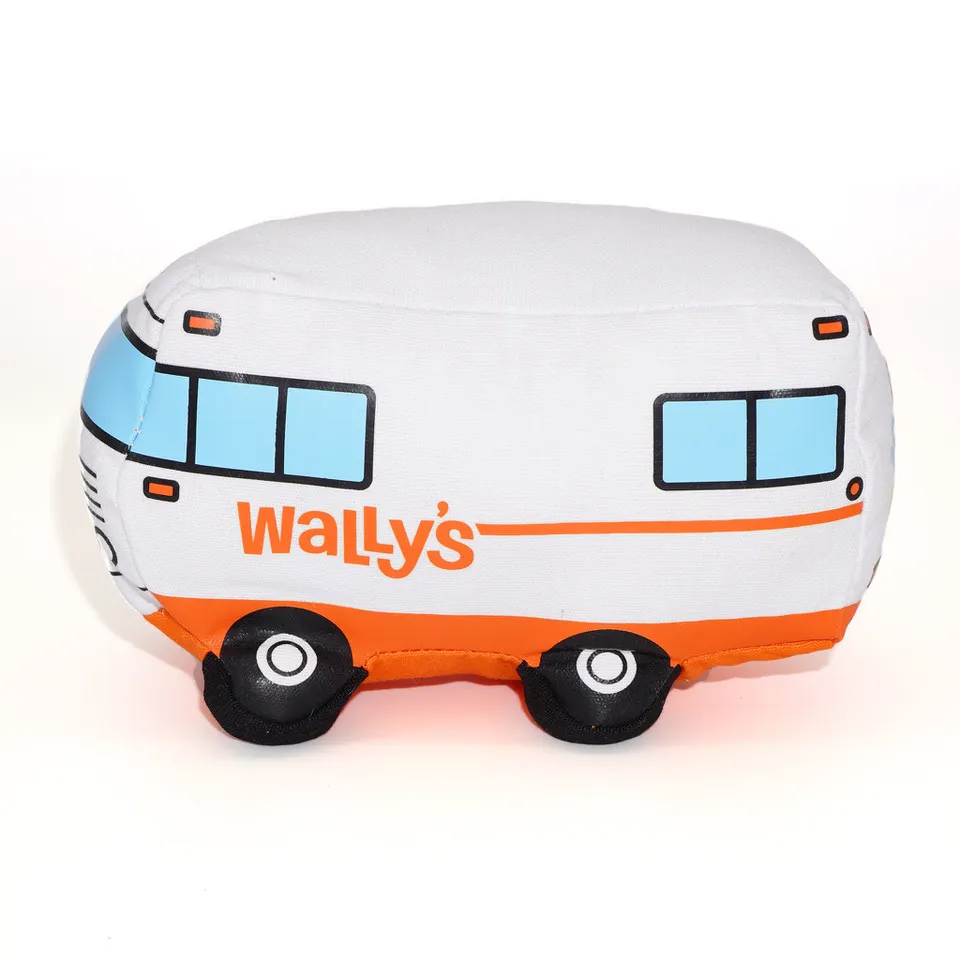
"The more affordable treats make a good substitute for cutting back on the food spend,” Cohen said.
Pontiac, Illinois-based travel center company Wally’s is seeing within its pet assortment the highest growth in pet treats, toys and accessories. Sales of pet treats surged nearly 40% for the year ending in April, while units jumped up around 46%, according to Tim Good, director of store operations.
Good attributes the upwards shift in pet treats to Wally’s switching to lower-cost treats last summer.
Pet toy dollars at Wally’s also spiked nearly 29% last year, while accessories hiked up 21% in sales. The company carries a variety of leashes, collars and dog toys — including miniature plush versions of Wally’s Winnebago Jeep.
Shopping trends show that customers are most interested in treats, food and toys while traveling on the road, according to Tina Arundel, senior director of communications for BP-owned TravelCenters of America, which features pet areas and dog parks at many of its travel centers. To that end, TA offers most of the major brands of pet food, treats and dog bones, along with a wide array of merchandise like toys and accessories such as collars and leashes.
How to further boost pet product sales
To boost future sales of pet products, c-stores need to make the category a “more impulsive and visible presence,” Cohen said. "Showcasing the commitment to pet creates loyalty.”
Likewise, keeping prices affordable makes the products more appealing to consumers in the tough economic climate, Cohen said.
New and “cute” merchandise will continue to play well in c-stores in the future — especially with c-stores’ high frequency of shopper visits. Travel and on-the-go products for pets are another growing area c-stores can take advantage of, according to Cohen.
“Pet products offer c-stores higher margins, and they need to leverage that,” Cohen said.
For example, while sales of pet toys and treats have soared, pet health and wellness product sales — which includes grooming, medicine and supplements — declined 7.1% in c-stores over the past year. However, sales in that category will likely improve, according to Cohen.
"Newness drives growth and much of the newness in pet is coming from wellness,” said Cohen.
Pet apparel sales in c-stores also dropped 9.4% last year on the back of a nearly 20% unit sale drop. Cohen attributes that trend primarily to weather.
Additionally, as many of the pets that were part of the pandemic-pet boom have grown up, their size has stabilized, resulting in less of a need for new clothing, Cohen opined.
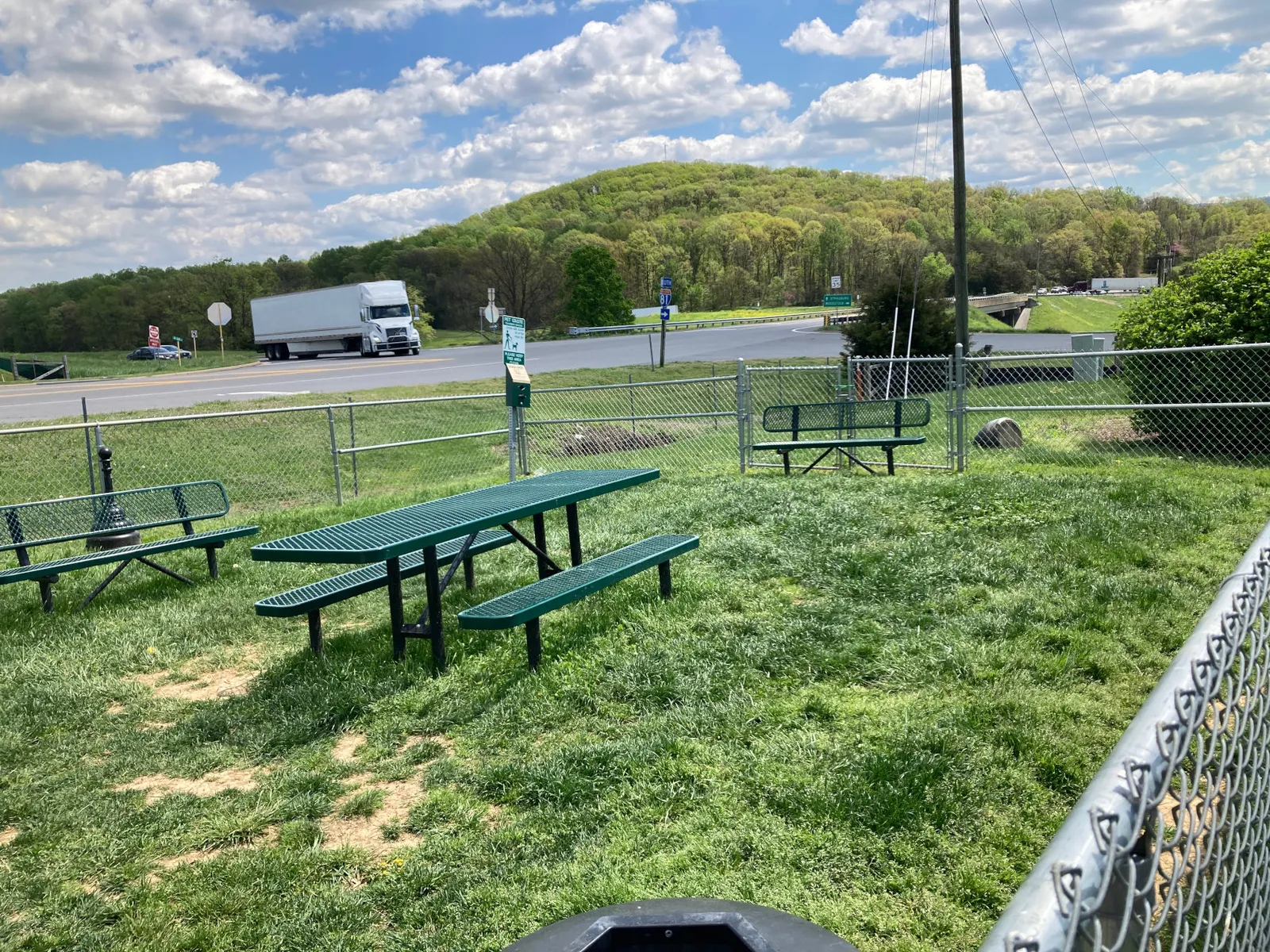
Why pet amenities are vital to c-stores
Selling pet products isn’t the only way c-stores are trying to connect with pet owners. Bark parks and similar designated pet areas are also important because, according to Dogster, 78% of Americans who own pets travel with them, and many of their travel decisions are made around the availability of pet amenities, Arundel said.
Additionally, some surveys show that between 40% and 50% of truck drivers have pets, Arundel noted.
One c-store pet amenity that’s gaining traction is dog washes. Loop Neighborhood Market offers dog washes at some of its sites, and Kent Kwik opened its first Kent Dog Wash earlier this year at one of its locations in Midland, Texas.
Located next to a “well-known” Kent Kwik and Kent Car Wash, the self-service dog wash “promises to bring a whole new level of convenience and cleanliness to our furry friends,” the company said in a recent announcement.
The easy-to-use stations are designed to cater to dogs of all shapes and sizes, “ensuring a stress-free experience for pets and their owners alike,” Kent Kwik said.
Dog parks, meanwhile, have become a popular amenity at travelcenters. TA has designated pet areas at nearly 250 of its locations that are “nice green spaces with shade and bags available for the animal’s waste,” Arundel said. Plus, around 50 of TA’s travel centers have full dog parks, which have fences, benches, waste bags and water available for pets.
Paved walking trails at more than 100 TA travel centers also offer “a great solution for both our guest and their pet to stretch their legs,” Arundel added.
Similarly, Wally’s Pontiac location has a “nice area for guests to walk their pets and stretch their legs,” along with waste receptacles and poop bags, Strom said. “They get used a ton.”




